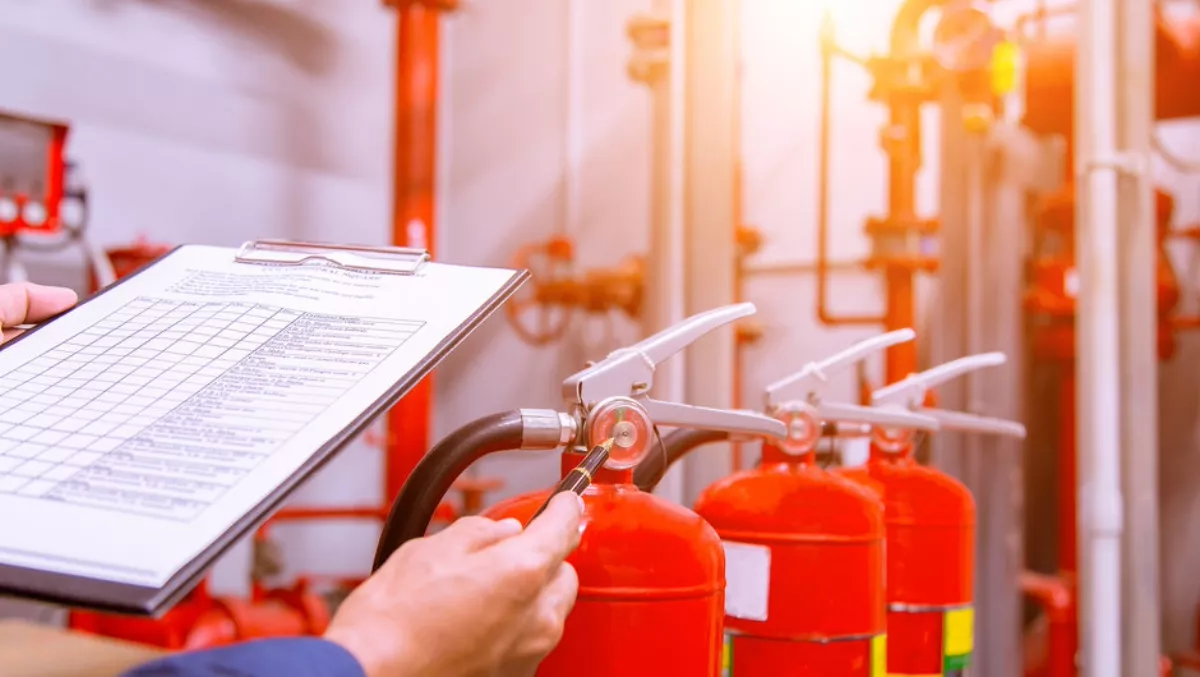
Protecting data centres from fire – your options
Due to the growing usage of mobile data, consumption of rich internet content and data storage demand from a variety of industries, our lives now rely on data centers.
These data centers host and manage the data that makes our day-to-day activities possible - from energy and lighting to urban traffic and even security systems.
Data Centers are one of the fastest-growing categories of real estate asset in our cities. London alone has over 300 data centers. The US and EU currently have the most, and the number in the Middle East and Asia are also growing rapidly according to Kaiser Research and the Technavio (2016) Global Data Center Market 2016 -2020 report.
Data Centers are large, complex, mission-critical facilities. The high value equipment contained within them needs to be running 24/7/365 with uninterrupted electricity and a constant flow of cool air to secure IT equipment and information.
Any interruptions to its operation can have enormous knock-on effects and the operational risks around any disruption are high, in terms of time, money and reputation.
One of the key operational disruption risks is from fire. The threat of fires at data centers is higher than people might imagine, with electrical fires a significant risk given the vast networks of cabling and electronic equipment used. So fire safety solutions are crucial considerations for those building and managing data centers.
Seconds matter when dealing with data centers, so the solutions need to be fast-acting, but they also have to be very reliable, as false alarms result in unnecessary stoppages which need to be avoided at all cost.
Fire systems also need good back-up, to have a strong field team, so the customer has quick access to technicians who provide good customer service and can respond swiftly to the call to ensure business and operational continuity.
There are a number of different ways of protecting a data center from fire. Before deciding on the type of system required to protect a data center, it's important to conduct a risk analysis to understand the needs of the organisation, the environment and the main risks. There are different considerations, such as whether the data center provides a centralised or decentralised function with a diverse range of solutions.
One of the choices is between a water or gas solution. If gas, there are two options to consider: inert gas or halogenated gas.
Gas protection consists of injecting halogenated gas into the room, which both reduces the oxygen content and interferes with the combustion process.
A second method is to reduce the oxygen level by injecting an inert gas into the room. One such inert gas in use is argonite, which does not affect the ozone layer, is non-toxic and is not a greenhouse gas. It is stored at high pressure (300 bar) and can be injected in the room at a lower pressure that decreases the oxygen concentration very rapidly to extinguish the fire.
When activated, gas systems may require evacuation of staff.
In order to minimise disruption to the data center, the extinguishing gas nozzles can be fitted with sound absorbers that limit the noise reduction associated with gas release and prevent damage to data center equipment.
Alternatively there are two water-based options to consider - conventional sprinkler or water mist systems. Water mist will spray a fine high-pressure water mist into the burning area.
The evaporation of water significantly cools the fire combustion zone and displaces the oxygen locally around the fire. It may sound strange to introduce water into an area with electricity and mission-critical information, but in fact the high pressure water mist system brings the best of sprinkler and gas and is highly suitable for suppressing fires in data centers.
Indeed it can be favoured in certain instances because in order to incorporate methods using gas, the room housing the data center needs either to be purpose-built with gas suppression in mind or retrofitted to withstand a semi-pressurised environment.
The systems involving water do not require the room to be pressure sealed nor the ventilation system switched off, nor people evacuated.
The discharge is localized so it minimizes the water damage and resetting to standby position is both fast and inexpensive. Lastly, the water mist pump unit is the same regardless of the size of the data center (the pumps have to be designed to supply six activated sprinklers) and many risk areas can be protected, for example technical spaces, offices and emergency generator rooms.
But unlike sprinkler and gas systems, high pressure water mist requires full scale testing to ensure its effectiveness. Currently there is only one internationally recognised standard published by FM Global 5560 (2016) appendix M and N. An advantage of this test protocol is it takes account forced ventilation that reflects the real life conditions within a data center.
Recently, a shift has been taking place across our cities, as buildings utilise integrated solutions to manage all of a building's fire and security solutions. This means that an integrated system can include surveillance systems, fire suppression systems and alarms - all aligned to optimise response time and protect vital internal infrastructure. The data center operators can see the actual fire situation so the whole process of identification to extinguishing takes 10 seconds, reduced from 15 minutes with a traditional fire alarm response.
Key considerations in all of these systems choices are safety, cost of implementation, best utilisation of the space available, and perhaps impact on the environment and operations around the systems that operate as part of the data center's infrastructure – but most important to fire solutions for data centers is business continuity.

